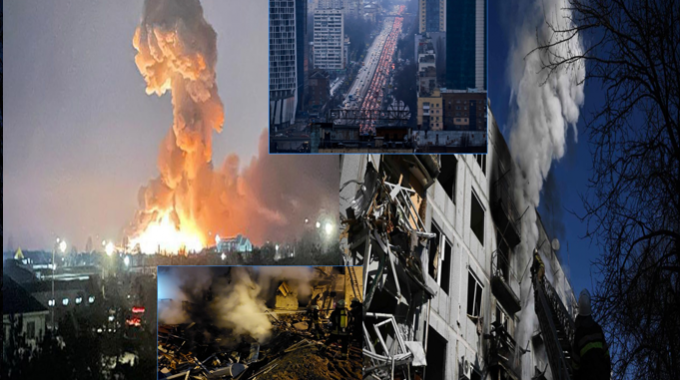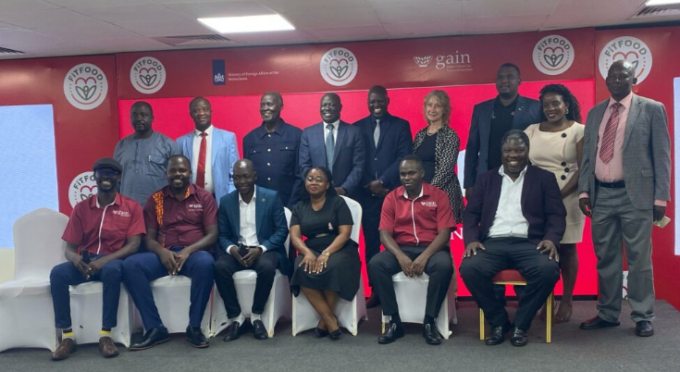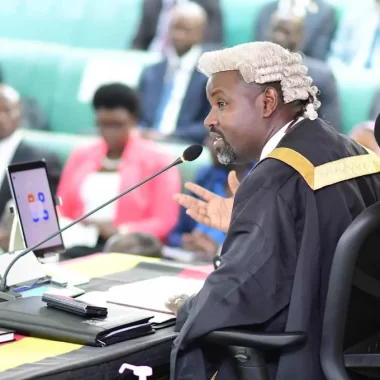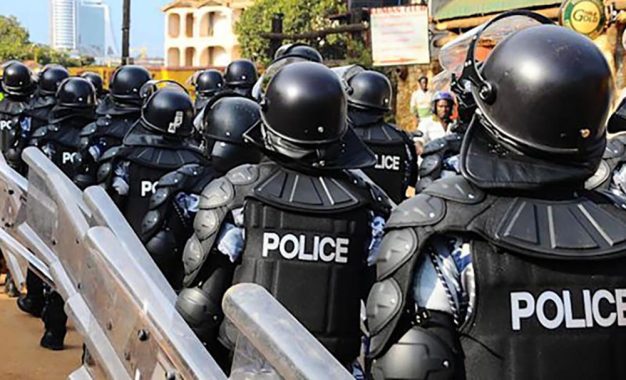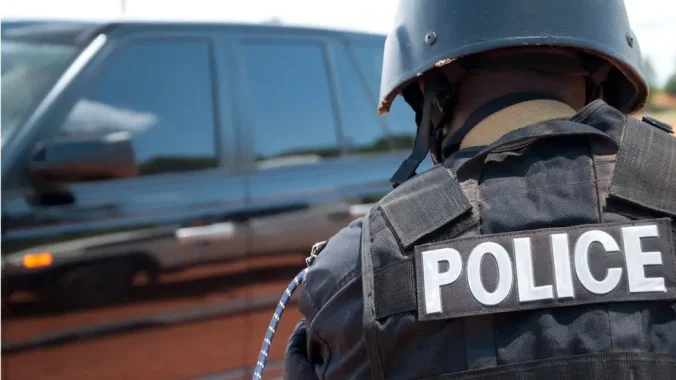Ugandans lack travel documents
Uganda is among several African states struggling with alternatives of freeing nationals stuck in the war torn Ukraine.
The protracted conflict between Ukraine and Russia culminated into a military invasion in the former, killing 352 citizens, forcing more than 500,000 to flee into the neighbouring Poland, Moldova, Romania, Slovakia and Hungary.
Following this unrest, several African countries including Nigeria, Kenya, Ghana, Ivory Coast and South Africa are still maneuvering ways to evacuate citizens.
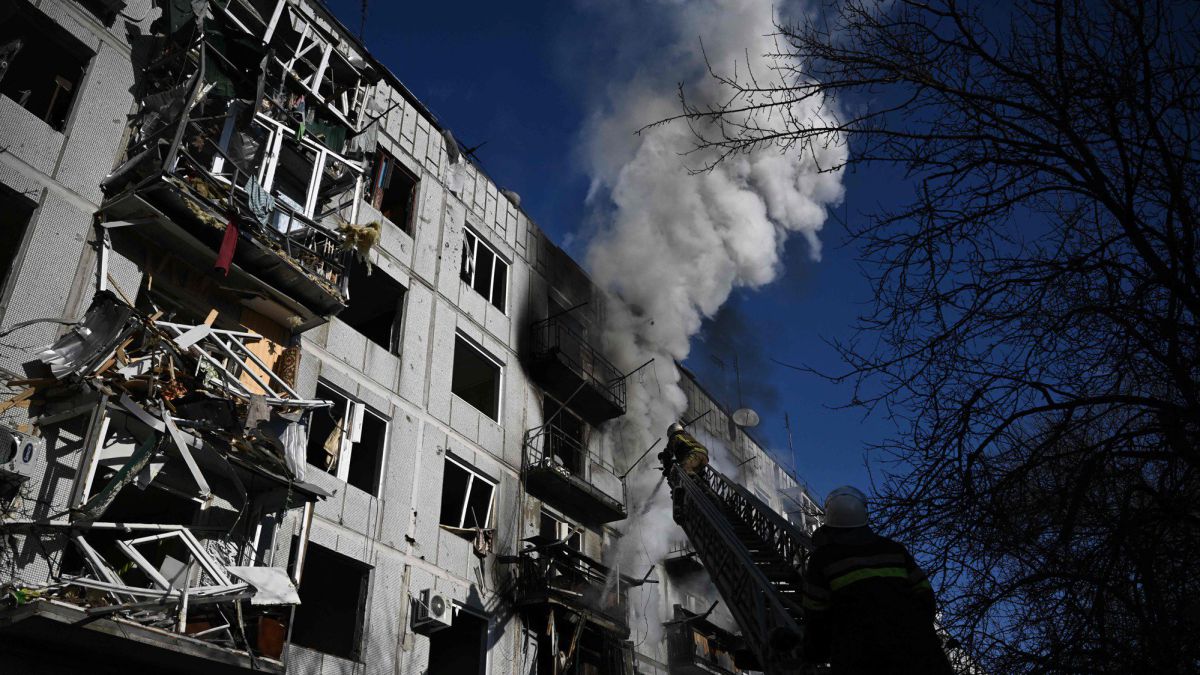
In Uganda, the Foreign Affairs Ministry has written to Uganda’s missions in Moscow and other neighbouring countries to reach out to stranded nationals.
“The ministry has given instructions to its missions in Berlin, Moscow and the Honorary Counsel in Hungary to keep in constant contact with the Ugandans in Ukraine until a workable solution is found.“A letter dated February, 28, written by the Department of Public Diplomacy reads in part.
However, the Foreign Affairs Ministry insists that some of Ugandans lack necessary documents to cross into countries neighbouring Ukraine.
“We are working with international partners in the region to find a viable solution,despite, the fact that some Ugandans do not have any travel documents to facilitate travelling into countries neighbouring Ukraine,” the letter reads further
Ugandans lack travel documents
Ivory Coast plans to evacuate its 500 nationals in Ukraine, while Kenya says 201 nationals, mostly students are caught up in Ukraine.
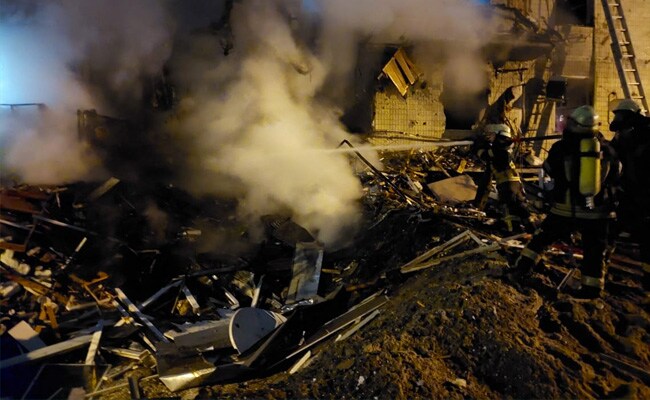
Meanwhile, Ukrainian military officials have claimed 5,710 Russian troopskilled and injured in the first five days of intense fighting in the country.
In a video message posted to Facebook, a spokesperson for the country’s general staff added that over 200 Russian soldiers have been taken captive by Ukrainian forces.
The official also claimed that 198 Russian tanks, 29 planes, 846 armoured vehicles and 29 helicopters have been destroyed.
However, Russia has moved from having 40% of its forces inside Ukraine to around 75%, a military academic says. The 75% figure has also been cited by a senior US defence official.




